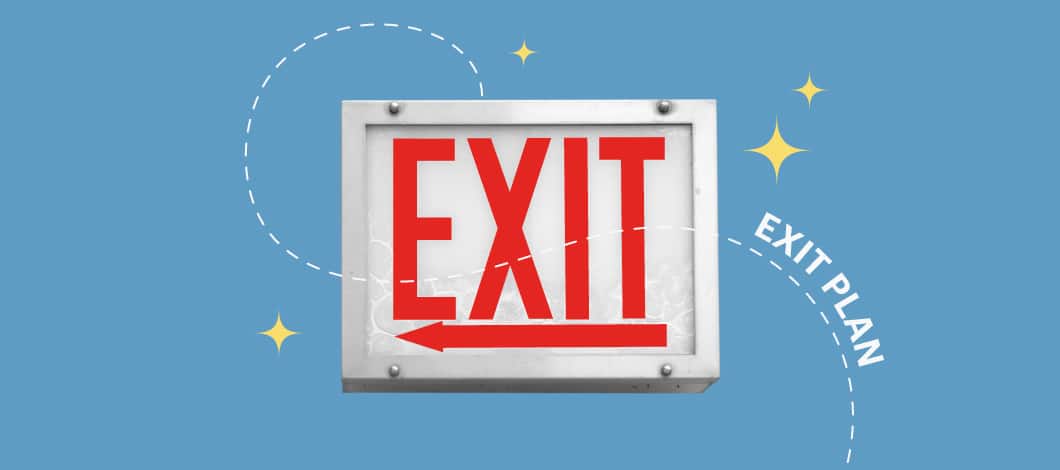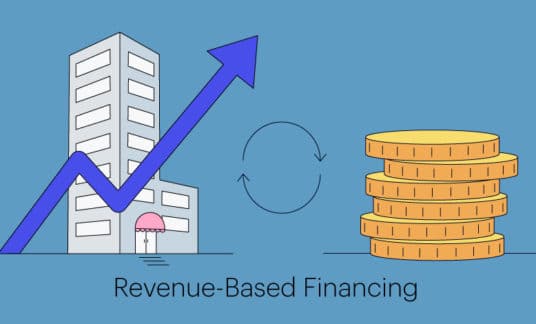Personal partnerships and business partnerships have a lot in common. As with many types of relationships, a small business partnership is founded on the promise of long-term success.
We’ll walk you through the process of starting a joint venture and point out the common pitfalls that business partners should avoid.
How Does a Partnership Work?
Partnerships work by combining the unique skills of each business partner to create an intellectual synergy that benefits everyone. What one partner lacks, another brings to the table. This way, one partner’s skill set can compensate when another’s might be lacking.
Forming a partnership may seem like an easy decision, but forging one shouldn’t be taken lightly. As with marriages, partnerships can end poorly.
If you feel confident you’ve found the right person to form a small business partnership, you need to determine the basic corporate structure of your company.
Types of Business Partnerships
When we’re asked, “What is a partnership business?” our first response is another question: What kind of business partnership do you have?
Here are the 3 most common partnership examples:
- A general partnership agreement
- A limited partnership
- A limited liability partnership (LLP)
General partnerships require all partners to accept mutual responsibility for the company’s debts and operations. In contrast, limited partnerships involved varying levels of involvement, with some partners taking a more hands-on role in operations and others acting as passive investors.
LLPs are more complex. These arrangements limit each partner’s degree of personal financial responsibility so that they’re only partially responsible for the debts and obligations of the company.
Defined Roles
If you’re certain that you need a business partner to build a successful company, then you need to know how to become a partner in a business yourself.
To do this, you need to make your respective roles and expectations clear from the start. There should be no assumptions in a partnership. In a general partnership, the division of labor should be specified in the company’s operating agreement.
Partnership Debt and Liabilities
A partnership in business implies that the debts and liabilities of the company are the mutual responsibility of the involved partners. To prevent any conflict later on, discuss each of your sensitivities to debt, particularly:
- How much debt and risk are acceptable?
- How much you’re comfortable being liable for.
Partnerships and Taxes
Some may wonder how business partnerships work when it comes to taxes. As with sole proprietorships, partnerships don’t have to pay small business taxes.
Instead, partnerships use Form 1065 to report business expenses and income to the Internal Revenue Service, but only the value of each partner’s share of the company is taxed at the personal level.
Why Form a Partnership?
Starting a business with a partner comes with a variety of advantages over a formally-incorporated business entity.
- There’s no paperwork that needs to be filed with your state’s Secretary of State. Instead, all you have to do is draw up an operating agreement to start a general partnership.
- General partnerships are “pass-through” entities, meaning the individual partners themselves are the ones who are taxed, not the company. This makes filing income taxes more streamlined than it would be under a corporate structure.
- One often overlooked benefit of forming a business partnership rather than a corporation is that the prospect of becoming a partner in a business is seen as attractive to many employees. For instance, associate jobs in LLP law firms are highly competitive due to the potential for upward mobility within the partnership organizational structure.
The Drawbacks of a Partnership
General and limited partnerships have their share of setbacks, too.
- Each partner is on the hook for the debts and liabilities of the company, which implies that each partner can potentially be sued by a lender or creditor. As such, a partner’s personal assets are always vulnerable to risk under a partnership agreement.
- When a partner contributes assets to the company, these too are at risk. Since all assets are owned jointly by the partners, there is no guarantee that you’ll be able to retrieve them if the business folds.
Starting a Partnership the Right Way
Knowing how to start a partnership begins with finding the right business partner. If you’ve already narrowed down the right partner to start a venture with (ideally, one who is compromising and who supports your weaknesses), you must decide whether you want a general or limited partnership and how profits will be divided between the shareholders.
Next, you need to settle on a name for your business. Typically, limited liability partnerships have the acronym “LLP” embedded right in the name (i.e., Smith & Johnson LLP). This puts your customers on notice that you’re operating as an entity with limited liability.
Once the name is decided, register it with your state as a “doing business as” (DBA).
When it comes time to secure funding for your partnership, you will first want to apply for an employer identification number (EIN) and ensure that all internal documents are up-to-date and spell out the value of each partner’s share. The valuation and percentage of shares held by each partner will also be stated in the company’s partnership agreement, which should cover all of the contingencies that may arise.
Lastly, you’ll need to register your partnership with your state tax authority for all sales taxes and with the federal government through the Electronic Federal Tax Payment System tax-payment service. Depending on your industry, you may need to buy permits or licenses to operate. Consult with an attorney to help you draft your partnership agreement and become compliant with licensing regulations.
Taking It Step-by-Step
Here’s how to start a partnership business, step by step:
- Decide on your partnership type and business name
- Register with your state
- Get an EIN from the IRS
- Draw up a partnership agreement
- Acquire licenses and permits
- Consider consulting an attorney
5 Mistakes to Avoid
Even partnerships with plenty of expertise and working capital can fail during the early days of a business venture.
To ensure that your small business partnership stays afloat for the long haul, consider these 5 common pitfalls that can throw upstart partnerships to the wayside:
1. Partnering Instead of Hiring
Small business partnerships are sometimes founded out of a desire to avoid a payroll. A founder doesn’t want to hire an employee, so instead they bring them on as a partner to share in both expenses and profits.
The problem is that now both partners will work against each other and are now liable for each other’s obligations according to the partnership agreement.
2. Not Drafting a Partnership Agreement
Every small business partnership needs a signed partnership agreement. Have an attorney draft a comprehensive agreement that expresses each partner’s interests and have it notarized. If a conflict arises later on, defer to the agreement for clarification.
3. Jumping Into a General Partnership
It’s often assumed that a general partnership, given its lax structuring rules, is the natural default for a small business partnership. Instead, consider forming a limited partnership. This way, limited partners won’t be liable for the obligations of other partners. As the saying goes, good fences make good neighbors.
4. Lacking an Exit Plan
As with a prenuptial agreement, an exit agreement sets forth the terms on which you and your partners will walk away from the company in the event of its demise. The exit strategy should be embedded in your partnership agreement and drafted by an attorney, with clauses that allow for partners to buy out other partner’s shares.
5. Not Having a Boss
Leadership is often sorely lacking in even 50-50 partnerships. This is why we recommend 70-30 or 60-40 partnership agreements, so there’s a clear business leader who can assume accountability for bookkeeping, maintenance, payroll and strategic direction.
A Final Word on Business Partnerships
A small business partnership is rarely a union of equals. Instead, there’s often one partner who takes operational control.
The imbalance in duties must be reflected in the initial partnership agreement, which should include provisions for one partner to buy out the other’s shares should one partner want to leave.












